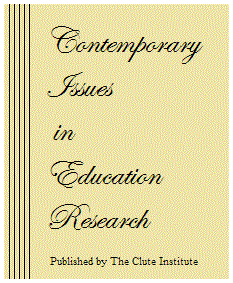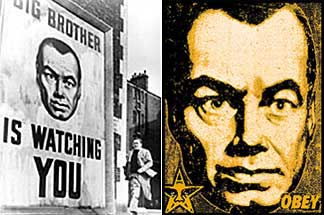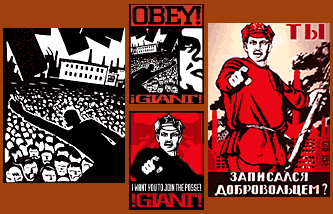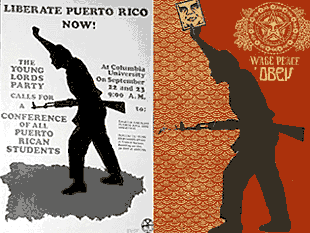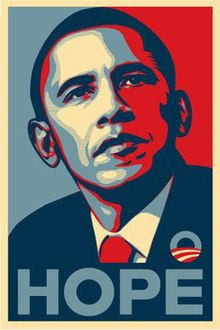"Like Ripples in a Pond"
On the first four chapters of "The Art of Possibility" By Rosamund Stone Zander and Benjamin Zander
Chapter 1:
The first chapter is all about assumptions we make, in our everyday lives. On the one hand, these assumptions are important: they are snap decisions or conclusions we come up with, based on a small amount of data. We make these assumptions to essentially save time. The brain does this as a way to categorize information, to allow for more efficient processing. It says "If this situation is similar to another situation I've encountered, chances are high the result will be the same".
If we didn't make these assumptions, we would spent an inordinate amount of time and energy analyzing and processing every piece of data we encounter.
This is why they are so hard to overcome; the process is hardwired into our brains. I think it's important to remember that this process isn't always bad.
I think, part of the act of truly making the world "your own" and making your own possibilities a reality, is recognizing when it is a good idea to overcome these assumptions and think outside of the box. This may be the most difficult step, maybe more difficult than the act of thinking outside the box and overcoming your pre-made ideas.
Because if we ALWAYS ignore those assumptions, it's easy to find yourself making mistakes and poor decisions that would have been easily avoided.
The key I think is balance.. knowing when to make assumptions, and when to ignore your assumptions. That is difficult to teach, and difficult to master, but i think this balance is what the chapter tries to tell the reader about, although it can be hard to see.
Chapter two was an interesting chapter to read. It brings up an interesting idea about how we, as humans, are always making measurements (and comparisons, using those measurements) in our daily lives and interactions. I especially found the bit about how we use those measurements as part of a survival mechanism. Human/animal behavior has always interested me, and I enjoy examining, and "taking apart" behaviors. Why do we do the things we do?
So I found the survival and survival thinking chapter particularly interesting. We don't think about these reasons of why we're doing what we're doing or thinking what we're thinking. We just…DO them. It's nice to be able to turn it around and get a look from the "hindsight" view of why humans, including the reader, tend towards certain scopes/viewpoints.
However, in chapter 2, as with the previous chapter and the chapters after it (3 and 4), I find i agree with parts of it, and disagree with others.
I'm still not sure how I feel about chapter 3, the "giving" chapter. I can see where the author is going, and what he is trying to convey. But again, as I read, I see dozens of other possible ways the situations he described could have gone. I see a dozen different scenarios in my head, and they all don't work out the way the author assures us they will.
I did enjoy chapter 4, probably more so than the any of the previous chapters. I identified with the idea of and agreed with "Being a contribution".
I particularly liked the quote:
"When you play the contribution game, it is never a single individual who is transformed. Transformation overrides the divisions of identify and possession that are the architecture of the measurement model, recasting the tight pattern of scarcity into a widespread array of abundance. "
- The Art of Possibility Zander & Zander (1995) pg 61
But so far, this book seems to be the ultimate guide to "being an optimist".
Being a realist (but not a pessimist I think) myself, I can find merit in some of what they are saying, but I also find some of the outlooks it it suggesting impractical. It may have worked for the authors, but not in all situations/lifestyles.
What I think is important to remember (and this is something i say often) and practice is balance.
The book does speak of this, but in some places it emphasizes it whereas in others it seems to stray from this idea.










